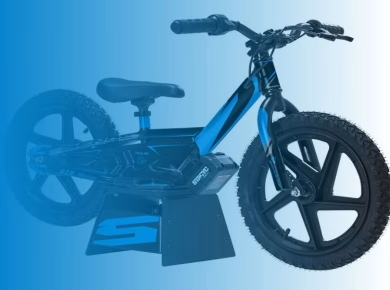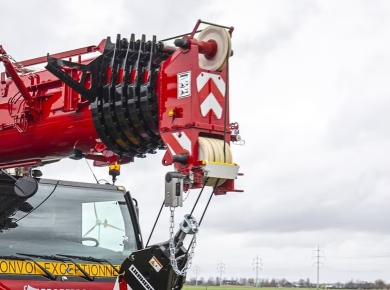The moment I stepped onto the construction site, I could feel the familiar mix of excitement and tension that accompanies every project. Heavy machinery roared to life, workers hustled about, and the air was thick with dust and purpose. Yet, amid this industrious chaos, I couldn’t shake the nagging thought of safety—specifically, the importance of flashback arrestors in our gas line setups. These small devices, often overlooked in the grand scheme of safety protocols, could mean the difference between a day’s work and a catastrophic incident.
Understanding Flashback Arrestors
Flashback arrestors are compact devices designed to prevent the backflow of flames into gas lines, particularly during welding or cutting operations. They act as a first line of defense against potential explosions caused by gas leaks or ignition sources. Understanding how these devices work is crucial for everyone involved in construction, health and safety, and site management.
How Flashback Arrestors Function
At their core, flashback arrestors use a combination of thermal and mechanical mechanisms to stop flames from traveling back into the gas supply. When a flame moves towards the arrestor, it triggers a heat-sensitive element that closes off the gas flow, effectively cutting off the source of potential combustion. It’s a simple yet effective solution to a complex problem that, without proper precautions, could escalate into a disaster.
The Real-World Impact of Flashback Arrestors
During my time on various construction sites, I’ve seen firsthand the potential risks associated with gas usage. One particular incident stands out—a project where a flashback arrestor was not properly installed. A momentary lapse in focus during a welding operation led to a flashback that ignited gas in the line. Fortunately, the situation was contained quickly, but it served as a stark reminder of the importance of these devices.
Lessons Learned from Near Misses
It’s not just about the presence of these devices; it’s about their proper installation and maintenance. Regular checks and training sessions can make all the difference. For instance, after the near miss on that site, we implemented a weekly checklist for equipment checks, which included verifying the functionality of all safety devices, including flashback arrestors. This practice not only increased awareness but also fostered a culture of safety among the crew.
Best Practices for Implementing Flashback Arrestors
To effectively integrate flashback arrestors into your safety protocols, consider these best practices:
1. Regular Training and Awareness Programs
Educating workers about the importance of flashback arrestors and how they function can significantly enhance safety. Training should include hands-on demonstrations and real-life scenarios to illustrate potential dangers and the role of the arrestors in mitigating those risks.
2. Routine Inspections
Schedule regular inspections of all safety equipment, particularly flashback arrestors. Ensuring they are properly installed, functioning, and free from debris is essential. It’s not enough to assume they’re working; proactive checks can prevent mishaps.
3. Proper Installation Techniques
Flashback arrestors must be installed according to manufacturer specifications. This often involves ensuring that they are placed in the correct orientation and that all connections are secure. A poorly installed device is as good as no device at all.
Compliance and Regulatory Considerations
In many regions, the use of flashback arrestors is not just a best practice but also a regulatory requirement. Familiarizing yourself with local regulations can help avoid costly fines and, more importantly, ensure the safety of your team. Keeping abreast of changes in safety regulations can also provide opportunities for improved practices and equipment upgrades.
Documentation and Reporting
Maintaining thorough documentation of safety measures and equipment inspections, including flashback arrestors, can be invaluable. Not only does it serve as a record of compliance, but it also aids in identifying trends or recurring issues, allowing for more informed decision-making in safety protocols.
Encouraging a Culture of Safety
Ultimately, the goal is to cultivate a culture of safety on-site. When everyone understands the role of flashback arrestors and feels empowered to prioritize safety, it benefits the entire operation. Encourage open communication where team members can voice concerns or suggestions about safety practices.
Building Trust and Accountability
Trust is a cornerstone of effective safety culture. When team members feel responsible for their own safety and that of their colleagues, it transforms safety from a set of regulations into a shared commitment. Celebrate safety milestones and acknowledge individuals who demonstrate exemplary safety practices, and watch as the collective mindset shifts toward a more proactive approach.
As I reflect on the lessons learned throughout my career, it becomes clear that the small devices often overlooked, like flashback arrestors, play a monumental role in safeguarding lives and property. By prioritizing their implementation and maintenance, we can create safer work environments and mitigate the risks inherent in construction and industrial operations. Let’s commit to best practices, ensure proper training, and foster a culture of safety that empowers every worker. After all, safety is not just about compliance; it’s about caring for the people who make our projects a reality.


